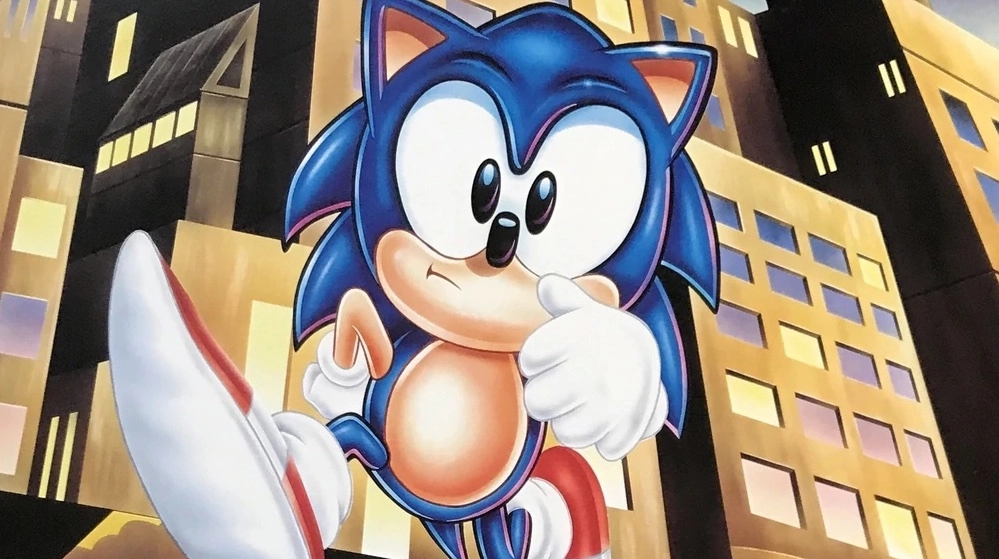
The early 1990s was a pivotal time in the video game industry, marked by the heated rivalry between Sega and Nintendo. As the two giants vied for dominance, Sega's introduction of Sonic the Hedgehog in 1991 was a game-changer. Spearheading Sega's aggressive marketing campaign was Al Nilsen, the then-head of marketing at Sega of America, whose innovative strategies played a crucial role in positioning Sonic as a strong competitor to Nintendo's Mario.
Before his tenure at Sega, Nilsen had amassed experience at both Mattel and Hasbro. He joined Sega in 1989 and was a significant force behind the successful launch of the 16-bit Genesis console in the United States. Additionally, Nilsen liaised between Sega of Japan and popular personalities like Michael Jackson, cementing Sonic as a cultural icon beyond the gaming sphere.
Speaking to Nilsen provided an opportunity to delve into his early days at Sega, his decision-making processes, and his unique experiences that contributed to shaping the video game landscape. During his initial interviews at Sega, Nilsen had to articulate to Sega of Japan why it would be beneficial to hand over the Genesis marketing reins to Sega of America – a task that he embraced and succeeded in.
Reflecting on the Genesis's early days, Nilsen recalled the announcement of the TeleGenesis modem at the Summer Consumer Electronics Show in 1989. While innovative for its time, the modem, also known as Mega Modem in Japan, presented certain limitations in performance and cost that eventually led to its withdrawal from the U.S. market.
Interactions with Sega of Japan were frequent for Nilsen, who found himself in Japan every month or so, partaking in discussions about product development, manufacturing schedules, and new peripherals. These communications were foundational in the strategic promotion and global coordination of the Sega product line.
One of the most memorable moments for Nilsen was his collaboration with Michael Jackson, which began as an unexpected mission to present game designs to the King of Pop and evolved into a creative process fueled by Jackson’s passion for gaming. This partnership resulted in acclaimed games that featured Jackson himself, showcasing Sega’s prowess in leveraging celebrity influence.
The creation of Sonic the Hedgehog was also a pivotal point for Sega. Nilsen proudly recounted choosing the now iconic blue character over other proposed mascots. Despite initial skepticism, seeing Sonic's wireframe and vibrant colors brought to life with the Genesis’s capabilities convinced him of the character's potential.
Marketing Sonic took creativity and boldness. Sega of America operated on collective brainstorming, with Nilsen leading initiatives that ensured Sonic's pervasive presence in the market. This included a coordinated global effort for the launch of Sonic 2, later known as ‘Sonic 2sday,’ which was an unprecedented synchronized worldwide release for a video game.
To counteract the release of the Super Nintendo and Super Mario World, Sega executed marketing tactics like head-to-head comparisons, mall tours to let consumers experience both Sonic and Mario firsthand, and packing Sonic games with Genesis consoles. This approach resulted in Sonic eclipsing even Mario in popularity among certain demographics, and achieving higher Q score ratings than Mickey Mouse.
Despite the success, all was not perfect within Sega. Nilsen observed a shift as decisions increasingly bypassed Sega of America, a sign of growing centralization from Sega of Japan. His own position shifted to focus on global marketing, which, while an acknowledgment of his successful work, also distanced him from hands-on product involvement and led to an exhausting travel schedule.
Concluding his tenure at Sega, Nilsen left for a new opportunity at Viacom in 1993. His departure aligns with a broader narrative of change within Sega during that era, one that would eventually herald the decline of Sega's competitive edge. Regardless of his exit, Nilsen’s contribution to the video game industry and the rise of Sonic is indelible—a testament to the power of marketing and bold decision-making in shaping a brand's legacy.
You must be logged in to post a comment!